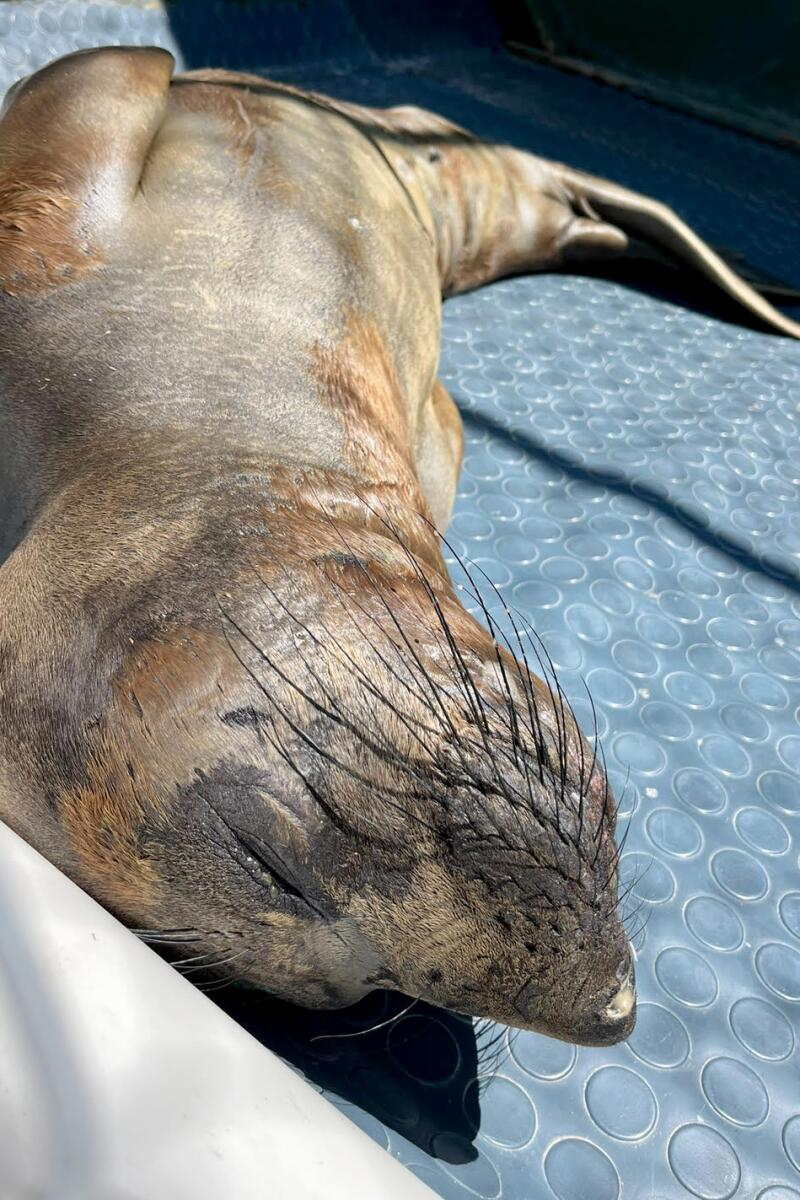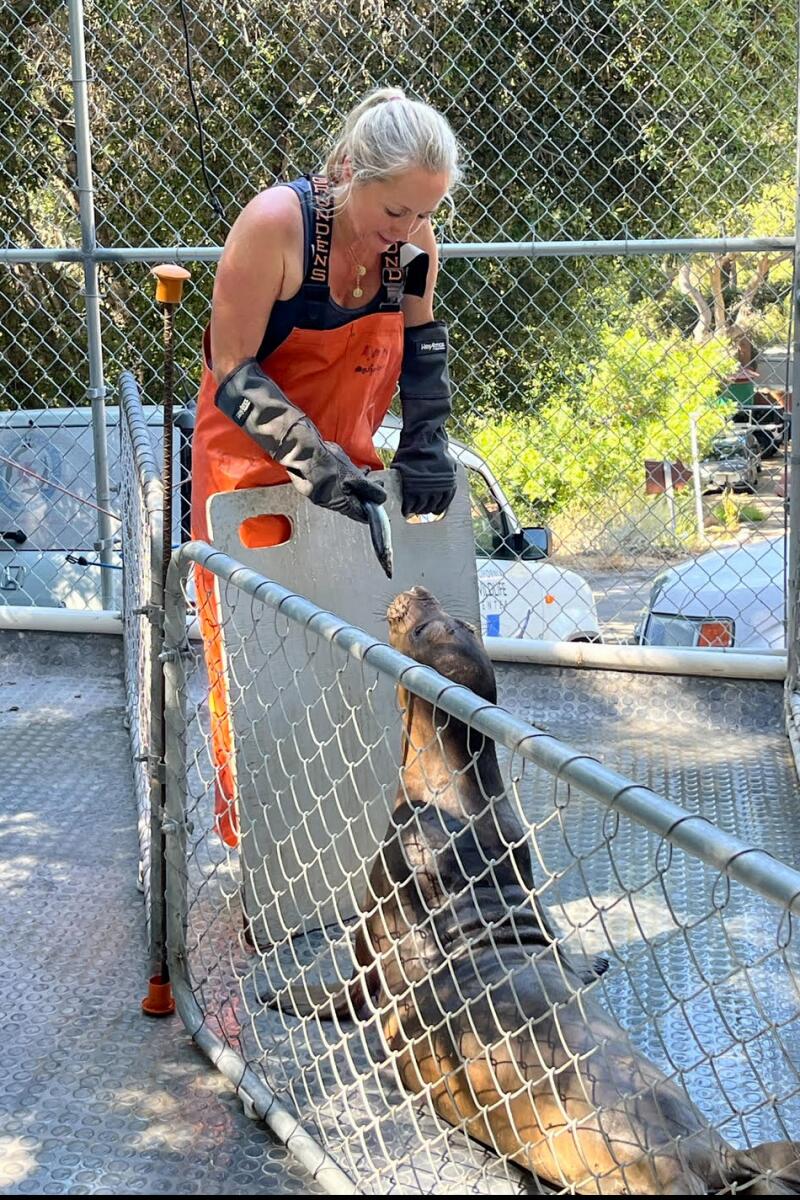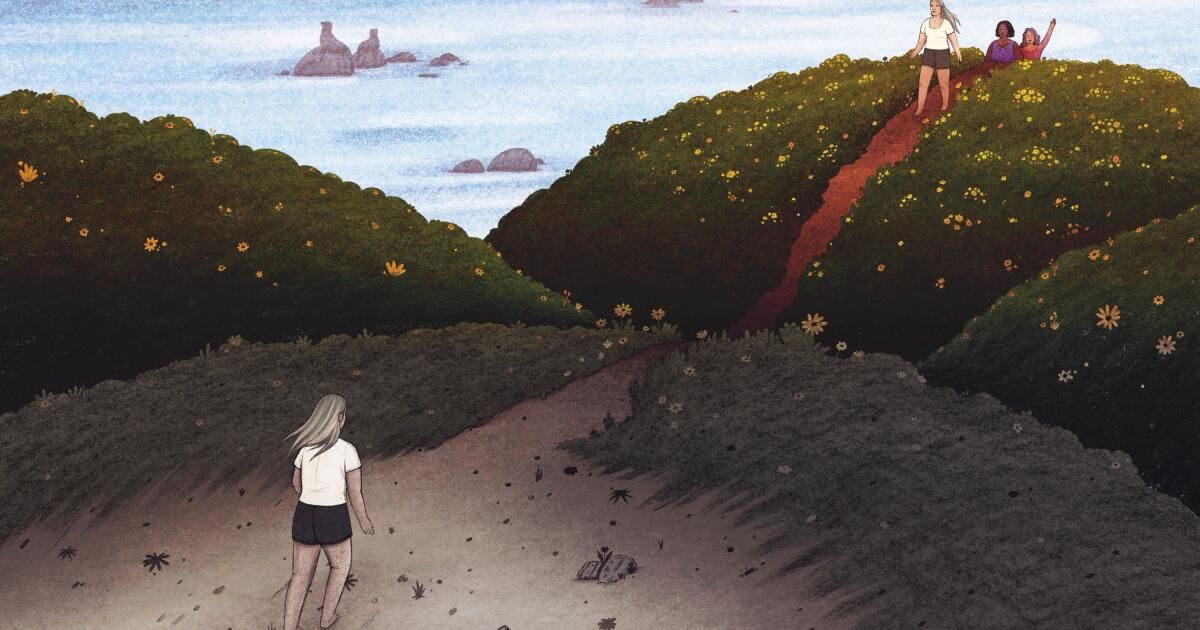“Are you leaving again?” I asked my husband, Rob, as he packed for his second trip with the boys in three weeks.
“Just for a few days.”
I could sense the euphoria I felt at escaping. He was off to scout the slopes, and I was stuck at home, taking care of the dogs and eating “girl dinners” alone. I hated not being able to enjoy fun adventures anymore. I didn’t give myself permission to pursue what interested me, partly because I had no idea what to pursue. How did people figure out what to do when their nests emptied?
When I turned 50 in 2018, I was battling depression, and any sense of well-being in my body had been upended. I was recovering from open-heart surgery, approaching menopause, and losing my sense of purpose. For years, I had put aside the writing goals I cared so much about, choosing to put Rob and our blended family first, but in quiet moments, I felt empty. While I was incredibly grateful to have a spouse whose paycheck met our needs, I felt like something was missing in my own personal development. I tried to fill that void by overeating or shopping, which made me feel worse.
“I didn’t allow myself to pursue what I was interested in, partly because I had no idea what to do. How did people figure out what to do when their nests were empty?”
Now that my daughter was in high school and entering a very independent stage, and Rob’s children were already school-aged (for both of them it was a second marriage), I wondered what was next. Suddenly, it seemed like the built-in social structures I had relied on throughout my 30s and 40s were evaporating in midlife. Volunteering at my daughter’s school was a thing of the past, and mothers’ groups had long since dissolved. My daughter needed me much less and was spending half her time at her father’s house. I realized that part of what I was feeling was loneliness.
It is well known that Loneliness can increase the risk of heart disease, dementia, stroke, anxiety and depression. in older adults, but its negative effects are not limited to older adults. The director general of health stated thatLoneliness became a national epidemic last year. But for older generations in particular, rResearch shows that friendship is important for delaying cognitive decline and has many other health benefits.
I wasn’t sure where to start, because it seemed like so many changes were happening at once, but I knew that being married wasn’t an automatic cure for loneliness. The dynamics of the relationship between Rob and me began to change with age. Rob was a high achiever who worked hard and played hard, while I was struggling to find my place as a part-time writer. When I was younger, it seemed natural to prioritize him and his needs as the breadwinner. But that became more difficult as I hit my 40s.
In some ways, I had stunted my own development in order for my marriage to succeed. I chose not to pursue a job that might have been too demanding or that would take me away from my family. Those choices seemed right at the time, but I was not financially empowered. In couples therapy, he told me, “You have to do something to address this inequality. Sometimes you need to distance yourself before you can grow together.”
So I did something about it: I started my own midlife reboot.
Tara Ellison volunteers at the California Wildlife Center. Hand-feeding offers keepers a chance to examine sea lion and elephant seal pups without the stress of handling them.
(California Wildlife Center)
Midlife occupies the intersection between how you’ve lived in the past and how you want to proceed in the future. In recent years, women have begun to reframe the narrative around menopause, reimagining it as a kind of homecoming, a return to oneself. The silver lining is that the moment offers an opportunity for reinvention, a chance to chart a new course. I may have had to deal with a changing body and weird hormones, plus a bit of loneliness, but I was determined to reframe that situation into something more favorable, even if I had no idea how to do it.
I had to make peace with my body and better understand its needs. Going for walks, a prescription for more fresh air and sunshine, became essential for my mental health (especially during COVID). To feel my best, I paid closer attention to my hormones and sought out a gynecologist interested in what happens to women beyond their childbearing years. That proved harder than I imagined, considering menopause happens to half the population. Years ago, when I entered perimenopause, there were no resources for women on social media. The stigma attached to perimenopause meant no one was going to admit I was on a downward slope (especially not in Los Angeles!). I had to learn to advocate for myself—and be a guinea pig—in order to manage my symptoms. It was a challenge. It was a crazy trip but I learned a lot.
In an effort to meet other women my age, I started attending book signings, workshops, or menopause symposiums alone so I could overcome my social anxiety and strike up a conversation. It’s fun to hear what other people are doing, and it turns out that pursuing their creative passions is a priority for them. One woman I know rediscovered her love of playing the piano; another spends her free time painting.
Sometimes it’s not as easy as falling back into an old hobby. “I spent all this time taking care of my family and now I have time for myself, but I don’t know what to do with it,” one of my friends in her 60s confided to me. Another friend told me that two years before she retired, she started keeping a notebook and adding a note to it whenever she found something she was interested in exploring. Once she retired, she started working on that list. Through these conversations, I realized that, contrary to what society wants us to believe, the older women in the room are often the most interesting.
“Contrary to what society would have us believe, the older women in the room are often the most interesting.”
Creativity was a big part of my reboot, but I also wanted to dedicate my time to something bigger. Studies have confirmed that bbe of service or volunteering It can be a vital step on the path to happiness and fulfillment. After discovering an injured sea lion on a Malibu beach, I met Heather Henderson, marine program director at the California Wildlife Center in Calabasas, and began volunteering in their marine mammal rescue division. The organization rescues and rehabilitates sea lion and elephant seal pups. The pups arrive emaciated and malnourished, receive medical care and treatment, and are released.
“It’s not a glamorous job; you might not like it,” one of the volunteers warned me at the beginning. He was right; part of it is Really gross. But sometimes you don’t know what you’re made of until you’re tested. There’s a lot of cleaning equipment, chopping up frozen fish for fish smoothies, and scrubbing slimy pinniped poop out of pens. It’s now a normal occurrence for me to find fish scales buried in my sports bra. But I’ve found that some of the mundane tasks are relaxing and make me feel more present. I stop worrying about my mother’s declining health and other pressing issues when I’m faced with the task of hand-feeding a young elephant seal.
1

2

1. Resting in the sun promotes healthy skin. (Tara Ellison) 2. Once they have swallowed well, the patient elephant seals are ready to begin feeding in the pool. (California Wildlife Center)
I was surprised to find that many other volunteers were also middle-aged.
“Because of the physical nature of the job, there is a misconception that you have to be young to be successful,” Henderson said. He estimates that about 35 percent of the active rescue and rehabilitation team is over 45 years old.
“It’s been rewarding to know that I’m still relevant and needed beyond the needs of my family,” one of my fellow volunteers, Debra Loggia, told me. At 64, she estimates she’s one of CWC’s oldest volunteers, but she takes pride in knowing she’s also one of the strongest. I understand what she means. Doing this work for six seasons has given me new confidence, as well as a sense of purpose and community.
Now, six years into this reset, I occupy a completely different emotional space. I am much less dependent. By identifying my interests, expanding my community, and seeking out new job opportunities, I have effectively outsourced my happiness.
Without the weight of expectations, my relationship has thrived. I’m more committed to what I do. On volunteer days, I come home filled with stories of tube-fed elephant seals. As work has increased (I’m in the process of writing a book and a screenplay), I sometimes have to prioritize those deadlines, even when it’s inconvenient. Rob has supported me throughout this process, largely because I’m much more fun. By overcoming a period of apathetic loneliness and embracing my fears, this midlife crisis ended up blossoming into a midlife renaissance.
Not everything is perfect. I still feel lonely and have days when I feel depressed or need to lower my expectations. There is a certain melancholy about aging that I can't just dismiss. But it doesn't affect me anymore; I still surprise myself.
“You're leaving me,” Rob said as he watched me pack for a short trip with a friend.
“It’s only two nights,” I said. “I’ll be back before you know it.”
“I’ll still miss you,” he said. And I believed him.
Tara Ellison writes about relationships and the challenges and triumphs of midlife. She is currently working on her memoir.












